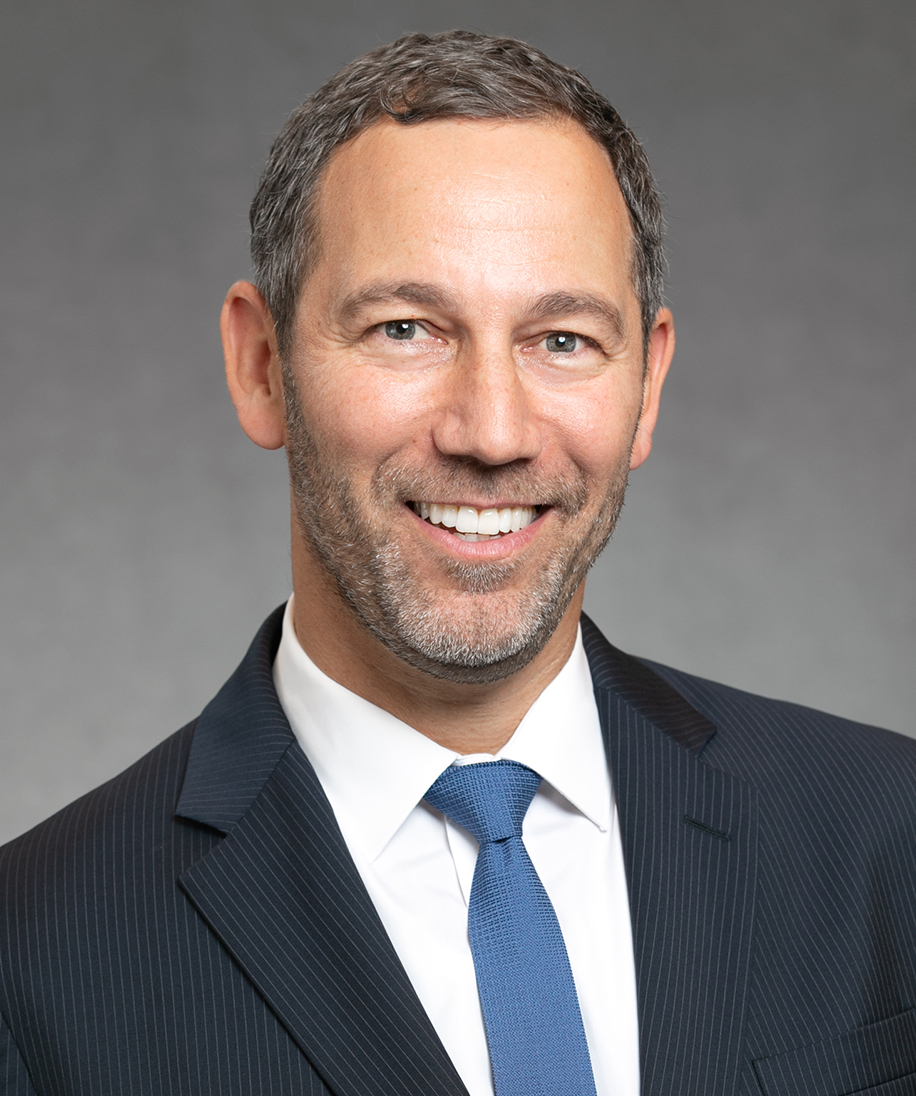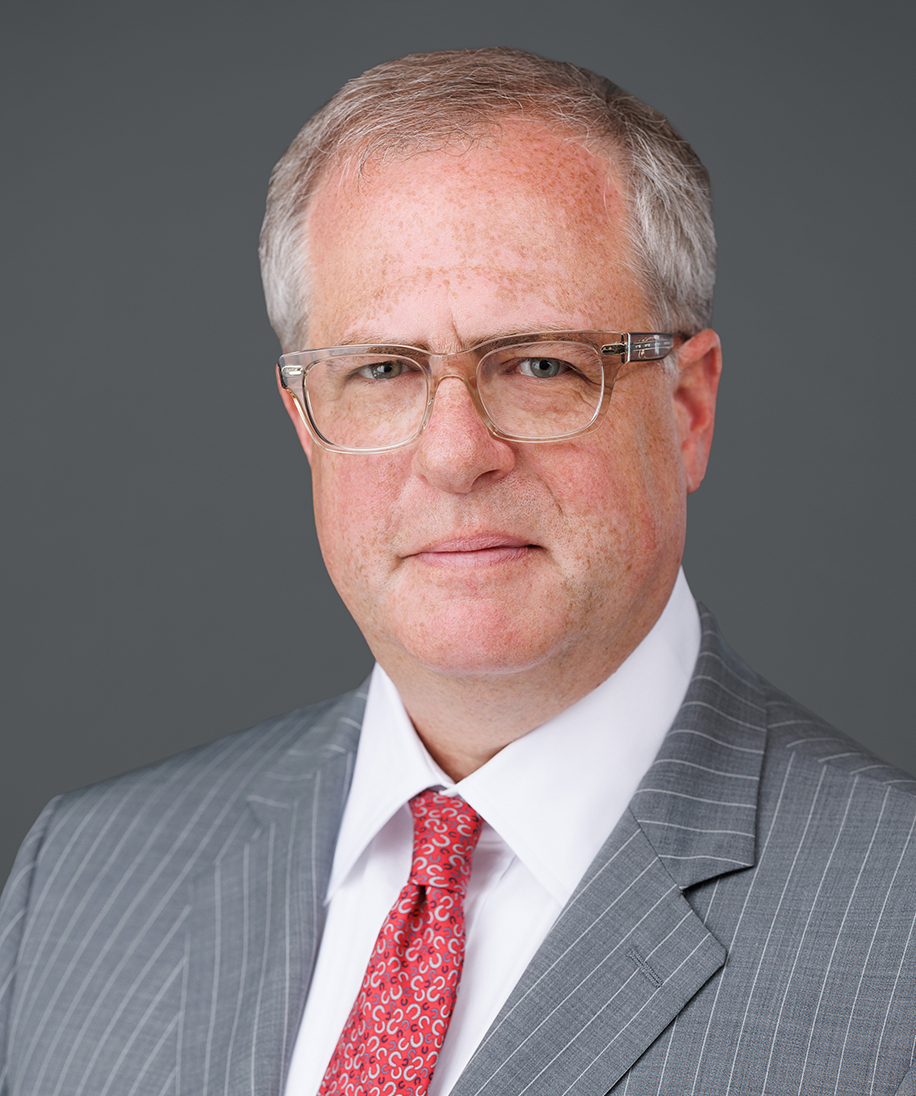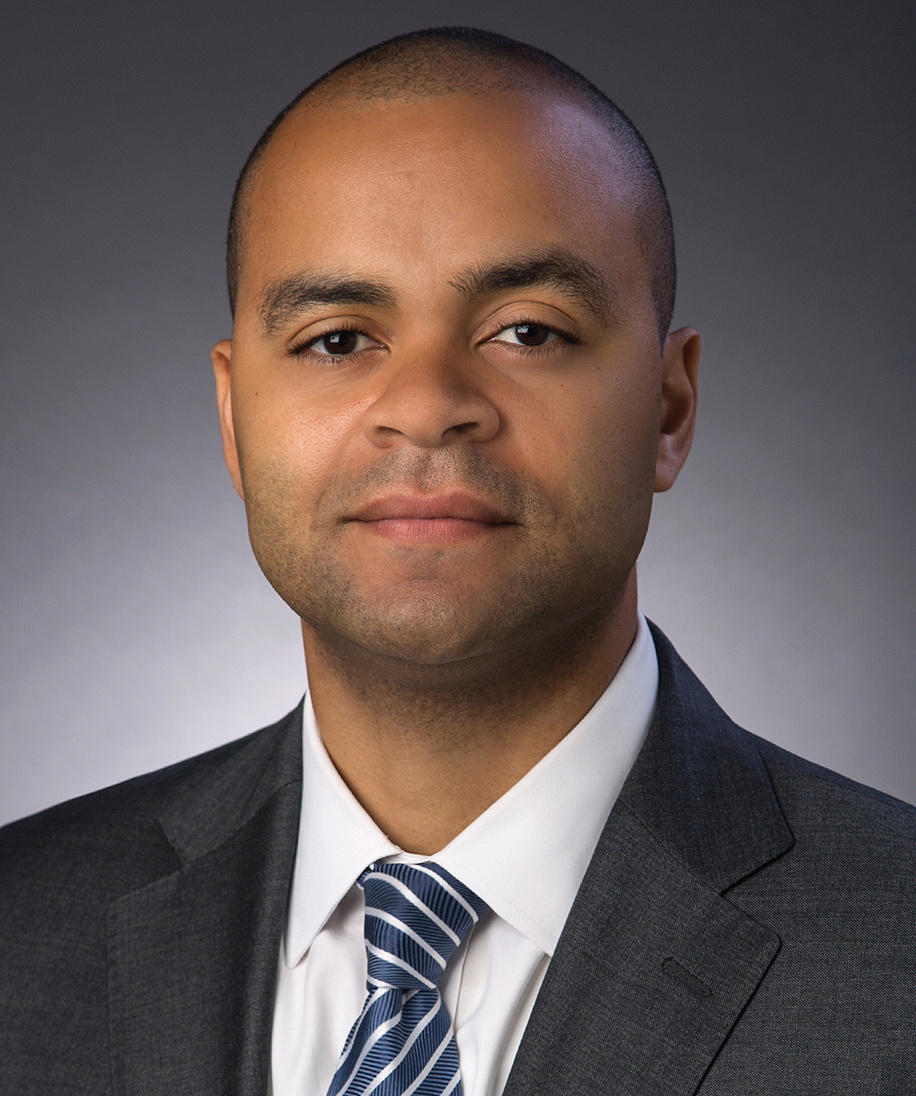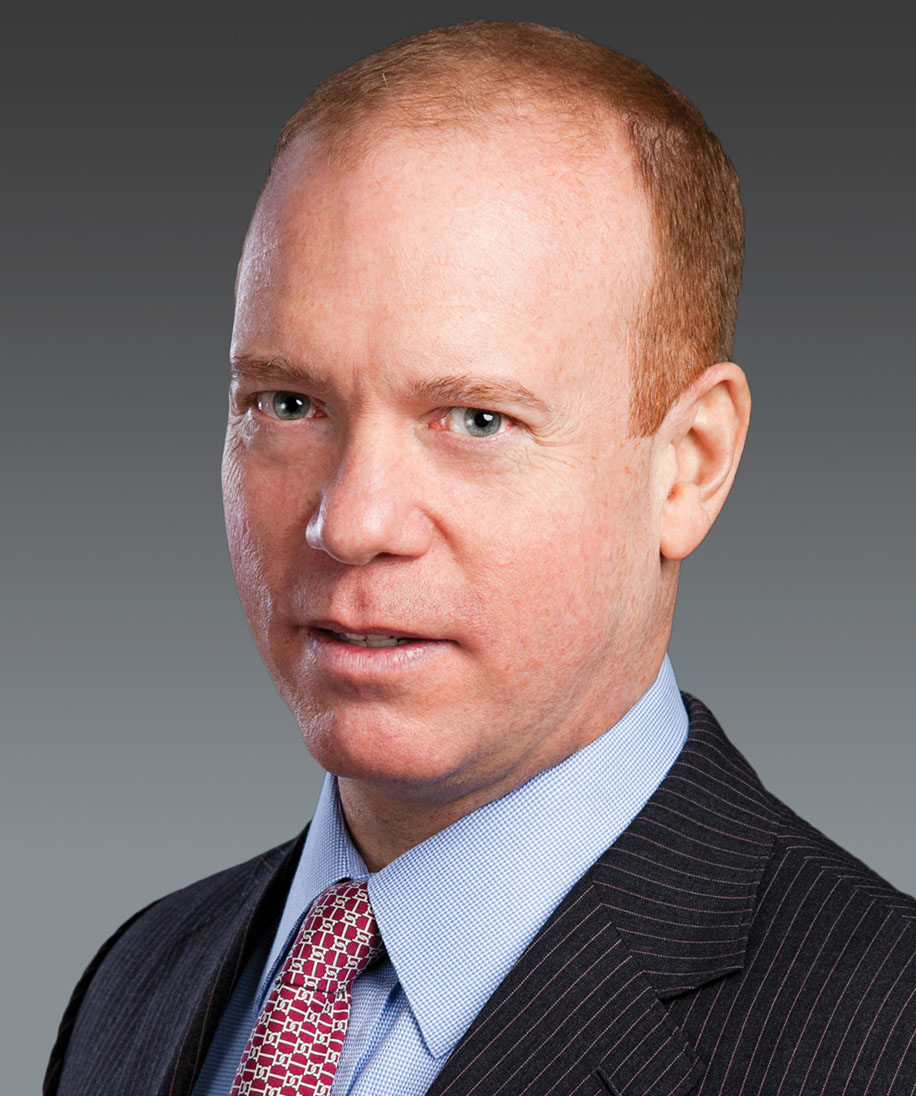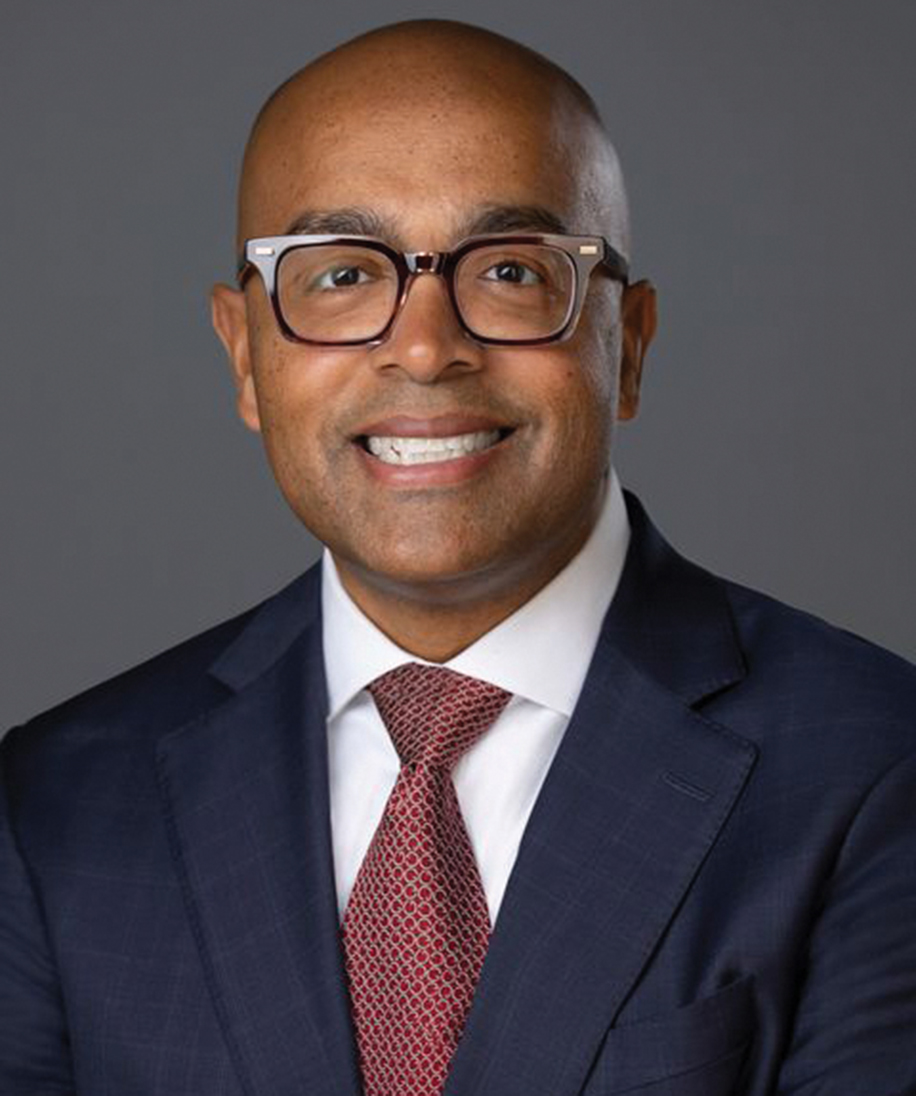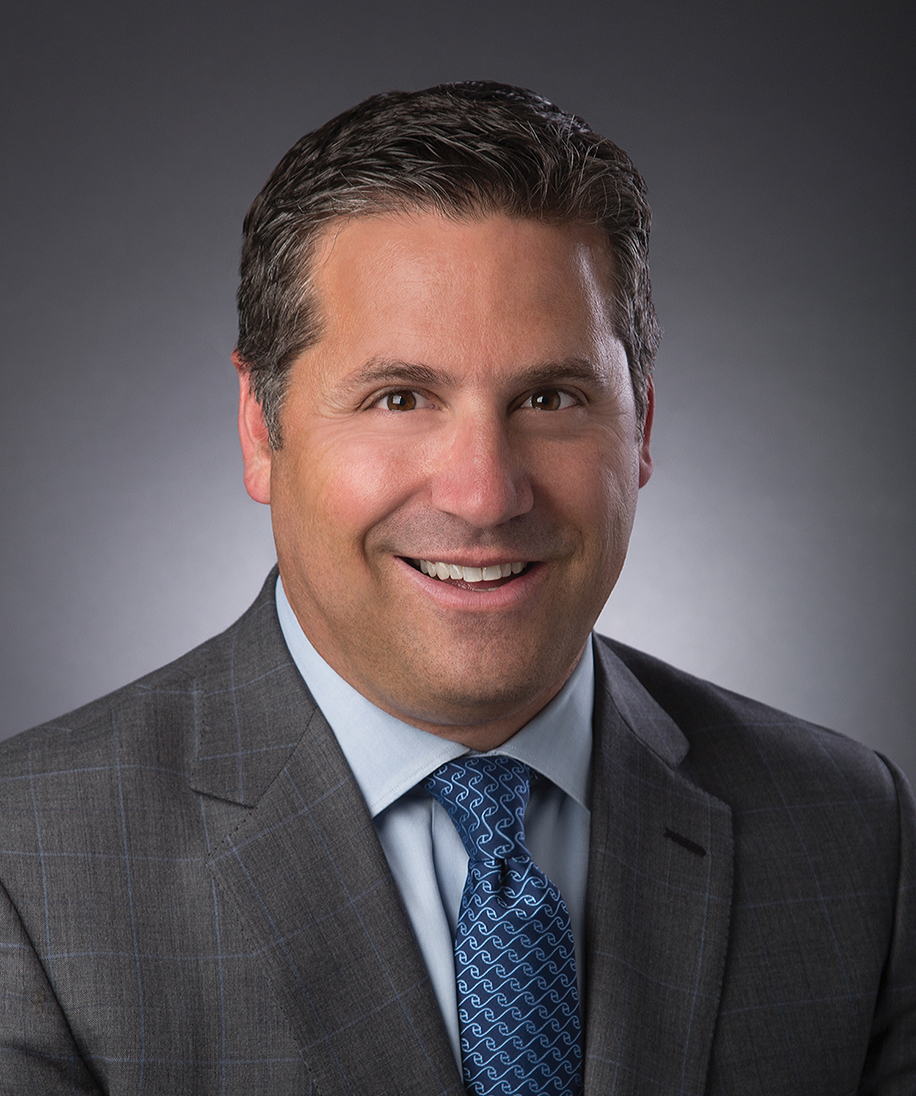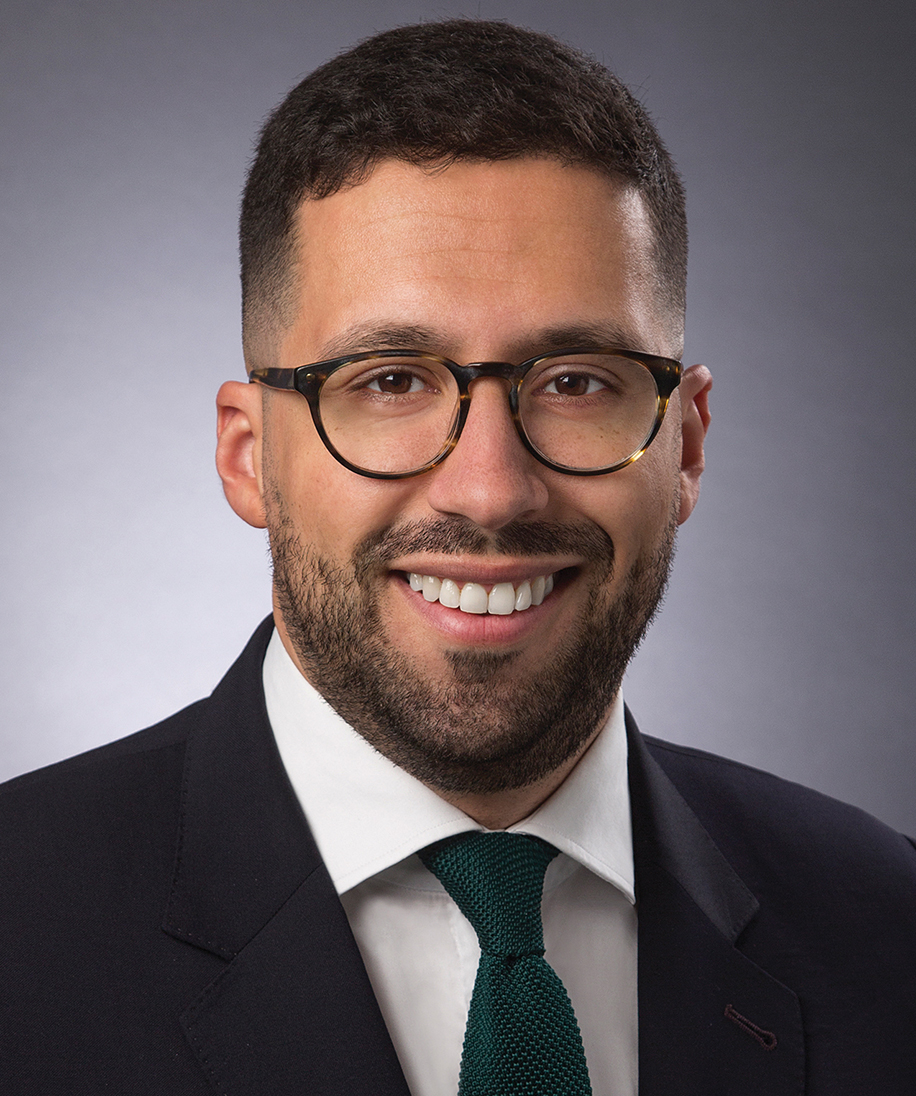Client Alert
Keep Calm and Carry On: Thoughts on Recent Orders on FCPA Enforcement
February 12, 2025
By Stuart Alford KC,Peter B. Axelrod,Tom Best,Jay Darden,S. Joy Dowdle,
Jonathan C. Drimmer,
Nathaniel B. Edmonds,
Jason A. Fiebig,Gary F. Giampetruzzi,Nisa R. Gosselink-Ulep,Simon Hui,Corinne A. Lammers,Antonin Lévy,Robert D. Luskin,Kwame J. Manley,Morgan J. Miller,Jonathan Stevens,Leo Tsao,John Tso,Shaun Wu,Phoebe Yan,Jane H. Yoonand Derek J. TurnbullWhat in the world is happening with enforcement of the Foreign Corrupt Practices Act (FCPA)? And what does the recent executive order (EO)[1] and Department of Justice (DOJ) guidance mean for U.S. and global companies? Our view is that it is premature to reach any hard conclusions about exactly what these announcements mean, both in the short- and long-term. Bribery is still illegal — in the United States and around the world. Companies must maintain their compliance commitments — notwithstanding any pause in enforcement by a single enforcement agency. But there could undoubtedly be significant impacts as new guidance is issued and global enforcement trends shift one way or another. We work through some of the issues below and try to answer the questions that our global team has received from our clients operating in nearly every country in the world.
On February 10, 2025, President Donald Trump signed an executive order pausing criminal enforcement of the FCPA, stating that the statute “has been systematically . . . stretched beyond proper bounds and abused in a manner that harms the interests of the United States.” In declaring the 180-day hold on enforcement, the EO instructs the DOJ to generally cease initiation of any new investigations/actions; review all existing FCPA investigations/enforcement actions; and issue updated guidelines or policies “to restore proper bounds on FCPA enforcement and preserve Presidential foreign policy prerogatives.” According to the fact sheet accompanying the EO,[2] the new guidance should promote “American competitiveness and efficient use of federal law enforcement resources.”
The EO comes on the heels of the DOJ Attorney General (AG)[3] memo last week in which she: (1) directed the Criminal Division's FCPA Unit to “prioritize investigations related to foreign bribery that facilitates the criminal operations” of cartels and transnational criminal organizations “and shift focus away from investigations that do not involve such a connection”; and (2) streamlined procedures for bringing FCPA cases related to foreign bribery involving cartels.
Although neither the EO nor the AG memo purports to be the final word on these matters, we want to share our current thoughts on how this new guidance could affect companies in the following categories:
- Companies currently before the U.S. government.
- Companies with internal investigations (not before the U.S. government).
- Companies evaluating their anti-corruption compliance programs.
Companies Currently Before the U.S. Government
In our view, companies that are currently facing U.S. FCPA investigations have not been given a “get out of jail free” card, so to speak. The United States has not “stopped” enforcement of the FCPA, but merely has imposed a pause in DOJ criminal investigations and prosecutions, creating a gap that at least theoretically could be filled by other U.S. or global anti-corruption enforcement agencies.
- Civil Enforcement Continues: On their face, the EO and the AG memo address only criminal investigations and criminal enforcement under the FCPA. Nothing in either memo addresses SEC civil enforcement of the FCPA against companies and individuals subject to SEC jurisdiction. Companies facing SEC investigations must continue to respond to subpoenas or requests by the enforcement staff until the SEC provides additional guidance or instruction. Indeed, unless the SEC receives additional guidance, the SEC may become more aggressive in their investigations of potential FCPA violations.
- Non-U.S. Companies Likely To Be the Focus: The EO appears to envision the FCPA as a law enforcement tool to be used in favor of President Trump’s “America First” international economic and trade policies. The fact sheet accompanying the EO notes that “U.S. companies are harmed by FCPA overenforcement because they are prohibited from engaging in business practices common among international competitors, creating an uneven playing field.” Given this and the broader foreign policy statements of “America First,” we anticipate that when the “pause” ends the new guidance will result in a renewed focus on enforcement of the FCPA against non-U.S. companies.
- Foreign Enforcement Authorities May Target U.S. Companies: If future FCPA enforcement is targeted at non-U.S. companies, foreign governments may reciprocate by targeting U.S. companies under their anti-corruption laws. The U.S. government has repeatedly stepped in to prosecute non-U.S. companies, but foreign countries have often been barred by the legal concept of ne bis in idem (similar to the U.S. concept of “double jeopardy”) when the DOJ brings an FCPA case against a U.S. company. With that legal impediment removed, it may be “open season” on U.S. companies around the world. Unfortunately for U.S. companies, those other legal regimes often fail to have the procedural protections and historical precedent that have provided a measure of predictability for companies negotiating with U.S. enforcement authorities.
- Unclear If Cases Will Be Closed: For those with current DOJ-only investigations, the EO appears to only impose a 180-day “pause” in enforcement to align the current enforcement priorities with the President’s agenda. For those before DOJ, there undoubtedly will be a review of outstanding document and interview deconfliction requests, but it is premature to conclude that the majority of these cases will be closed. As a result, at least at present, those under investigation should not act precipitously.
- Wait and See What the Guidance Will Be: The EO sets out an initial 180-day pause period during which new FCPA enforcement guidelines and policies are to be developed by the AG. This period may be extended to 360 days. The EO specifically contemplates such an extension. The existing DOJ and SEC Resource Guide to the U.S. Foreign Corrupt Practices Act was a time- and resource-consuming effort when it was initially published. It would seem unlikely that an entirely new strategy of FCPA enforcement will be conceived, drafted, and coordinated among relevant agencies and stakeholders and implemented within 180 days. We anticipate that there will be additional guidance regarding corporate enforcement that will be consistent with the stated concerns of how “overenforcement” of the FCPA has hurt U.S. companies.
- Unclear Impact on Ongoing Resolution Obligations: It is unclear what effect the EO will have on ongoing FCPA investigations, or ongoing FCPA monitorships or self-monitorships following a prior resolution. The EO states that following the 180-day pause period (or 360-day period if extended), any investigations or enforcement actions “initiated or continued” shall be authorized by the AG and governed by the to-be-issued guidelines and policies. Simply as a matter of grammar, the reference to an action being “continued” following the pause period suggests that the pause could apply to existing matters too, and not only the initiation of new matters. Further, the fact sheet states that during the pause period, “past and existing FCPA actions” will be reviewed. This suggests that it is possible that previous resolutions will be reexamined, with potential alteration of compliance (including monitorship or self-reporting) and/or investigation obligations. However, the ambiguity in the EO about existing cases is likely to mean, in the very short term, that DOJ will not drop or freeze any pending case, and that it could be a mistake to assume otherwise.
Overall, companies facing U.S. government scrutiny will need to respond nimbly to U.S. government requests and wait and see what comes next.
Companies With Internal Investigations
Companies currently conducting internal investigations of potential corruption, but not yet before the U.S. government, should also not dramatically change their investigative strategy. DOJ can open new cases, and the “pause” does not in any way decriminalize the underlying conduct, particularly given that the statute of limitations on new conduct will extend beyond the current administration.
- New Investigations Are Possible: During the 180-day review period (or 360-day period, if extended), it seems unlikely that DOJ will initiate new FCPA investigations or enforcement actions, but new matters are not impossible. The EO gives the AG discretion to make an exception for new matters during the pause period; however, the AG’s memo suggests that any such exception would be for investigations focused on drug cartels and transnational criminal organizations.
- Historical Conduct May Fall Outside Statute of Limitations: The EO did not decriminalize the conduct, but the length of the statute of limitations for bribery violations under the FCPA is five years (and six for accounting provisions). Consequently, some historical conduct may fall out of prosecutable conduct during this pause. The statute of limitations, however, can be longer as a result of a request for foreign evidence (via a Mutual Legal Assistance Treaty request) or based on when the company receives the benefit or “gain” from the alleged FCPA violation.
- Conduct Could Be Prosecuted by a New Administration: Given a new administration in 2029, some historical conduct and new conduct will be prosecutable after the current administration. Thus, if a company fails to identify and remediate the root causes of the misconduct, to exit the wrongdoers, and to refine its compliance program, the misconduct likely could continue and could be prosecutable in the future — except this time based on much more extensive violations. As further detailed in the Compliance Section below, we recommend that clients leave existing risk mitigation policies and procedures in place.
- Company Self-Reporting Should Be Carefully Considered: Self-reporting is never an easy decision, and the current uncertainty adds to the difficulty. Until the new FCPA enforcement guidelines and policies are issued pursuant to the EO, it is impossible to know the extent to which such policies and guidelines will affect the strategic decision to self-report. If investigation and prosecution are unlikely, one could argue that a self-report is unnecessary. However, if investigation and prosecution are unlikely, one could also argue that the potential costs of a self-report drop to such a low level that a company is actually incentivized to self-report and take advantage of this potential drop in enforcement, in particular where existing DOJ enforcement guidance under the Corporate Enforcement Policy (CEP) has not been formally rescinded. Regardless, at least for companies subject to SEC jurisdiction, nothing in the EO or the AG memo affects a company’s reporting obligations to the market, and nothing in the EO or the AG memo affects an auditor’s obligations under Section 10A of the Securities and Exchange Act to report to the SEC illegal acts discovered during an audit that have a material impact on the company’s financial statements.
Companies Evaluating Their Anti-Corruption Compliance Programs
The EO and the AG memo are potentially significant developments that warrant the attention that they are receiving in the press and in the market. However, at this stage, we do not recommend that clients change their anti-corruption compliance programs, policies, procedures, and controls. The underlying legal landscape has not changed, and the enforcement landscape is likely to remain uncertain for at least six months, if not a full year.
- Maintain a Robust Compliance Program: The best strategy to prevent and detect possible corruption issues — whether under the FCPA or under other countries’ anti-corruption laws — is to maintain a robust compliance program and related internal controls. This includes implementing remediation of the root causes of the misconduct and employee discipline for those who violate company policy and existing anti-corruption laws.
- Be Mindful of Compliance Representations: Companies often make representations and warranties (in numerous transactional documents, loans, funding agreements, and the like), to comply with all applicable corruption laws (including the FCPA and other, local anti-corruption laws). All of these remain in force, and any commitment to “comply with the law” is unaffected by a decision by the DOJ to exercise its prosecutorial discretion and not prosecute, or otherwise limit prosecutions, in U.S. criminal cases.
- Publicize the Power of a Strong Compliance Culture and the Value Added by a Robust Program and Internal Controls: Having a strong culture of compliance pays dividends beyond compliance with the FCPA. A robust compliance culture provides a foundation that supports ethical business practices and decision-making. A dramatic change in compliance culture cannot be easily undone, and once undone cannot be easily reconstituted. A robust culture is supported, of course, by internal anti-corruption controls. These controls add value beyond corruption concerns as they are also critical to preventing and detecting fraud, embezzlement, conflicts of interest, and other problems that cost companies a lot of money and reputational harm, as well as potential violations of other laws of particular interest to this administration (such as procurement fraud or violations of the U.S. False Claims Act). Continuing to champion to internal and external stakeholders the importance of a robust compliance culture and internal controls will pay dividends beyond the current administration.
- Consider That Certain Industries Are Under Greater Focus: Given the focus of the EO and fact sheet, certain industries considered to be critical to the U.S. economy will likely need to enhance their compliance programs. The EO states as follows: “The President’s foreign policy authority is inextricably linked with the global economic competitiveness of American companies. American national security depends in substantial part on the United States and its companies gaining strategic business advantages whether in critical minerals, deep-water ports, or other key infrastructure or assets.” Non-U.S. companies involved in those areas will need to redouble their compliance efforts, and U.S. companies need to be aware of the possibility of targeted enforcement by foreign authorities if it is perceived that the DOJ is giving U.S. companies a pass.
Conclusion
The recent EO and AG memo are significant statements by the new U.S. administration regarding its view of what FCPA enforcement should look like over the next four years. However, these initial documents raise as many questions as they answer. Further, the EO specifically contemplates the issuance of further guidance on FCPA prosecutions over the next six to twelve months.
Until additional guidance is provided, our advice for clients is to maintain their existing compliance programs and controls and to avoid making any precipitous decisions about ongoing matters. Neither the EO nor the AG memo alters underlying U.S. law in any way and bribery remains illegal in the United States and around the world. Neither document addresses FCPA enforcement by the U.S. SEC, and neither document alters the obligation of auditors of public companies under U.S. securities laws to report violations to the extent those violations have a material effect on a company’s financial statements. Multinational companies remain subject to anti-corruption laws in other countries, whose enforcement agencies may increase their anti-corruption efforts. A company’s existing reps and warranties regarding legal compliance with laws are unaffected and can lead to civil liability. Finally, the culture of compliance and internal controls that many companies have developed over time, with the investment of significant money and effort, should not be quickly cast aside. A robust culture and internal controls are value-adds to companies in numerous ways, and if pushed aside, cannot be easily reconstituted should the FCPA enforcement environment change again in four years’ time.
Please visit our Presidential Actions Hub for additional insights into the Trump administration’s impact on business.
[1] A link to the EO is here: https://www.whitehouse.gov/presidential-actions/2025/02/pausing-foreign-corrupt-practices-act-enforcement-to-further-american-economic-and-national-security/
[2] The EO was accompanied by a fact sheet, entitled “Fact Sheet: President Donald J. Trump Restores American Competitiveness and Security in FCPA Enforcement.” A link to the fact sheet is here: https://www.whitehouse.gov/fact-sheets/2025/02/fact-sheet-president-donald-j-trump-restores-american-competitiveness-and-security-in-fcpa-enforcement/
[3] A link to the AG memo is here: https://www.justice.gov/ag/media/1388541/dl?inline
Access the German translation of the article here.
Access the Portuguese translation of the article here.
Access the Spanish translation of the article here.
Contributors

